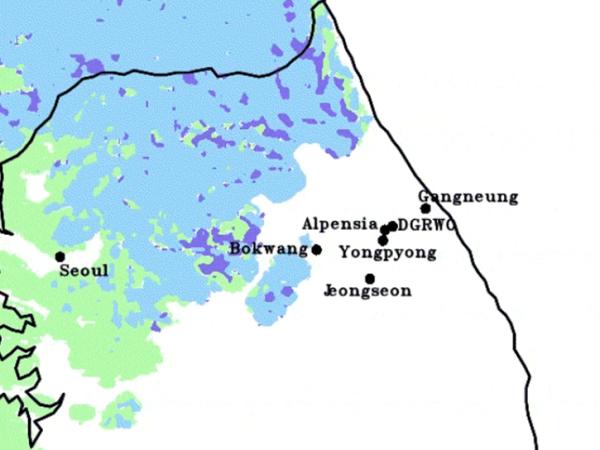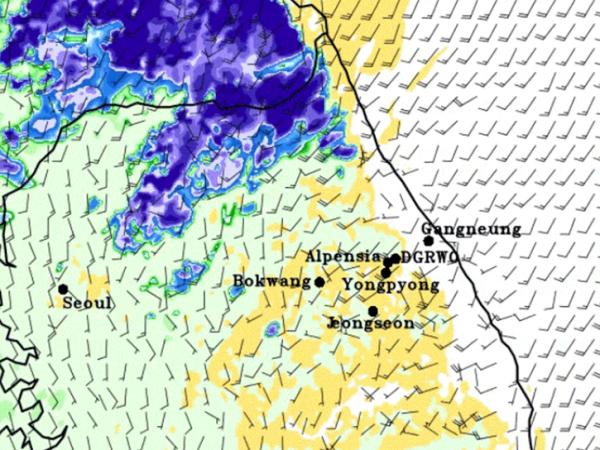| Study Dates | November 1, 2017 - March 17, 2018 |
|---|---|
| Region | South Korea |
| Focus Area | Frozen and mixed phase precipitation in complex terrain |



ICE-POP
The International Collaborative Experiment for PyeongChang Olympic and Paralympics (ICE-POP) was held in South Korea in February 2018. NASA's Global Precipitation Measurement Ground Validation (GPM GV) program assisted the Korean Meteorological Administration (KMA) and provided ground-based instruments for forecast and research studies before, during, and after the 2018 Winter Olympic Games (February 9-25, 2018).
The focus study period took place November 1, 2017 through March 17, 2018, but there are pre- and post-campaign data. Preparations for ICE-POP 2018 began in November 2016 when a Letter of Agreement (LOA) was concluded between NASA and KMA. ICE-POP provided GPM ground validation valuable data for researching frozen and mixed phase precipitation in complex terrain. GPM radars and ground instruments were used for both nowcasting and forecasting support during Olympics operations.